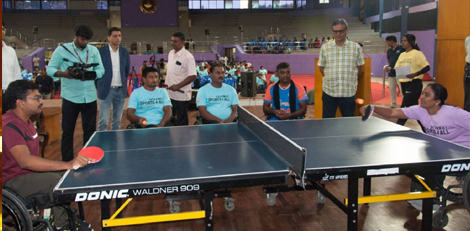Children receive sub optimal levels of Vitamin D
Posted on: 13/Jul/2015 4:11:54 PM

A new study conducted by scientists by the Children’s Hospital of Pittsburgh has said that children are getting sub-optimal levels of Vitamin D even after doubling the recommended dosage for six months.
The scientists randomly assigned a tablet of 1000 international units (IU) of Vitamin D3 and a placebo to a total of 157 children between the age of 8 and 14 years. This group consisted of 84 black children and 73 white children. They also conducted periodical blood tests to check 25 - hydroxyvitamin D levels and other markers of bone health. Vitamin D is present in some foods. Milk is fortified with it, and an adequate amount of sunlight helps the body produce it. According to the Institute of Medicine, 20 or more nanograms per millilitre (ng/ml) of the Vitamin is adequate for the body. The Endocrine Society, on the other hand, recommends 30 ng/ml.
The first assessment of the children showed that their Vitamin D levels were suboptimal (less than 20 ng/mL), and supplementation raised their average level to above 20 ng/mL but not as high as 30 ng/mL. After six months of vitamin D supplementation in children with initial vitamin D levels less than 20 ng/mL, 39 per cent remained below 20 ng/mL, and only 14 per cent rose above 30 ng/mL. ‘Our findings suggest that currently recommended daily dietary allowances of vitamin D of 600 IU may be inadequate for preventing vitamin D deficiency in children. It may be important to revisit these recommendations, especially since the higher dose of vitamin D used in this study was safe and did not appear to lead to any side effects’, says one of the researchers.







